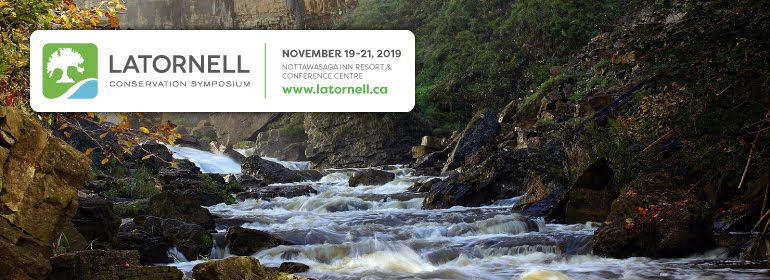Biodiversity is the variety of life on Earth. It includes the plant and animal species, lands, lakes, rivers, forests and other ecosystems that provide us with a healthy environment, clean air, productive soils, nutritious foods, and safe, clean water. This biodiversity also supports our forestry, farming, fishing, recreation and tourism industries.
All living things are connected and rely on each other to survive. However, it used to be that as a society, we behaved as though nature was an obstacle to progress. And as you know, that mindset does still exist. But there is a very positive shift happening now, where we are realizing that biodiversity is the mightiest tool in our toolbox as we build a future where sustainable use and restoration are the norm rather than the exception.
Collaborating with nature makes sense. We need to work with and make use of the natural processes and systems if we want to maintain biodiversity and the ecosystem services we rely on for our own health and a prosperous economy. This can include investing in natural green infrastructure to support climate change mitigation, or, building resilience in natural systems – and in turn our homes and communities – to protect us from extreme weather such as floods.
All green infrastructure is good. And incorporating any green infrastructure is better than not. But we will be most successful when we leave nature to do what it does best – this is natural infrastructure. Evidence shows us that healthy forests, wetlands, watersheds and floodplains provide many of the benefits of human-made green infrastructure with significantly lower costs and maintenance expenses. Conserving our existing natural resources to capitalize on the ecosystem services they provide is truly collaborating with nature.
We have to continue our efforts to conserve biodiversity for its own sake, but also for our sake. Promoting and adopting natural green infrastructure - making it the norm – will give us multiple benefits: reduced impact of floods and droughts, better air quality, clean water, beautiful and connected natural spaces in our communities, healthy local food, and many more.
At Latornell this year, there are a number of wonderful sessions that can help us promote and argue for natural green infrastructure. We will be learning about greener roads and highways, integrating nature into urban design, storm water management, land securement, the importance of communicating science, and much more. And I hope you will join me on the morning of Day 2 for the Ontario Biodiversity Council panel on the role of biodiversity and natural infrastructure in attenuating flood risk. In the afternoon the Ontario Biodiversity Council is also pleased to offer a session that focuses on progress and the path to success for meeting two targets from Ontario’s Biodiversity Strategy: completing and implementing natural heritage systems plans and conserving 17 percent of terrestrial and aquatic ecosystems as protected areas.
It’s sometime easy to become discouraged when you work in conservation. The stakes are high and it can feel like we are fighting a losing battle. But there’s much strength to be gained in numbers, and the Latornell Symposium offers a great opportunity to share ideas and enthusiasm with a like-minded crowd. I look forward to meeting many of you as we continue the important work of collaborating with nature to protect what sustains us.
Blog Post from Steve Hounsell, Chair, Ontario Biodiversity Council


Excellent overview of the power of green infrastructure as it affects all life. In the Ontario context, GI is often taken to have a very narrow definition around storm water management issues - it can be much more. I would encourage readers to consider the utility of GI from a broad perspective as reflected in other parts of the world http://ec.europa.eu/environment/nature/ecosystems/index_en.htm
ReplyDeleteA natural partnership has been included for the full use of the norms and all values for the people. The arrangement of the best british essays has been done and adopted by the people for the flow of the good and motives for the people.
ReplyDelete